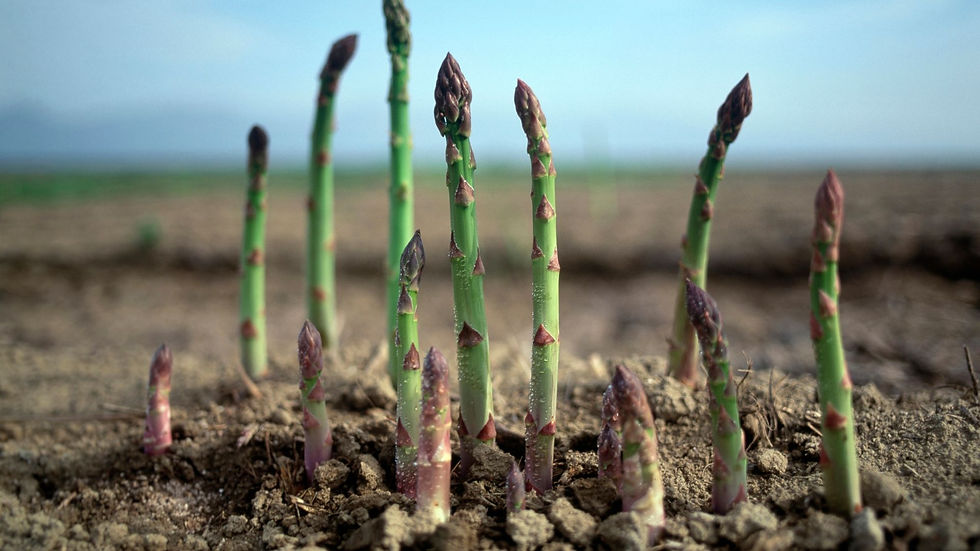How Long Can Plants Preserve Their Post-Harvest Vitamin Values?
- Millawanda Urban Farming
- Mar 16, 2022
- 2 min read
Updated: Oct 20, 2022
We want the vegetables, fruits and herbs we consume to stay fresh and to last for a long time in the fridge. However, in city life, it is difficult and costly to go out every day and choose or order high quality fresh products. After reading this article, you will start to think about how much of the wilted products you buy from the markets can easily be grown at home!
How long does it take from the time the crops are picked to the time they come to our table, and how much of their nutritional value do the products lose during this time?
In fact, fruits and vegetables remain alive even after being picked. While this may look good at first, it also contributes to spoilage and nutrient loss.

Fruits and vegetables continue to breathe after being picked.
This respiration process breaks down stored organic matter such as carbohydrates, proteins, and fats, resulting in a loss of food value, flavor, and nutrients. This is observed as a loss of moisture in the crop: Hot, dry weather can accelerate this process considerably, so in most cases keeping the crop cool and moist will slow this process but not prevent it completely. Research by UC Davis shows that vegetables can lose between 15% and 77% of their vitamin C within a week, even when stored in the most ideal conditions. In fact, in species such as spinach, this loss reaches 90% within the first 24 hours after harvest. The collection of products such as tomatoes before they are fully ripe causes them to be far from the optimum nutritional value until they reach our table.
The loss of nutritional value is not limited to vitamin C only. The values such as B vitamins, folic acid and carotene in the crop content continue to decrease every day after the harvest. Most crops suffer an overall nutrient loss of around 30% within 3 days of collection.
Post-harvest vegetables and herbs take an average of 5 days to reach market shelves. It also spends an average of 3 more days on the market shelf until you buy it. Therefore, when the product reaches the final consumer, it has already lost 1 week.
Because neighborhood markets provide faster distribution than grocery stores, we all instantly see the difference in quality between market aisle vegetables and market vegetables. Although it cannot compete with the nutritional value of the product you will grow on your balcony, in your kitchen or in your garden, you will continue to buy products that are not substitutes or that you cannot easily grow from local markets or organic markets!
Thinking of growing your vegetables and fruits in your own home, balcony greenhouse or garden? You'd like more information about hydroponic farming systems of any kind?
Reach out to us.



Comentários